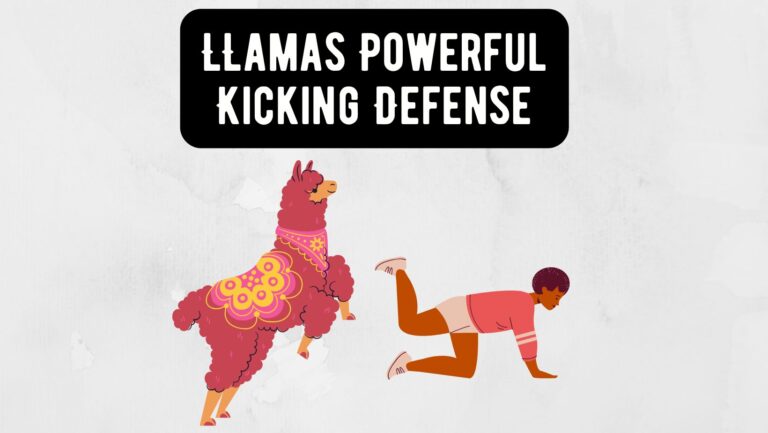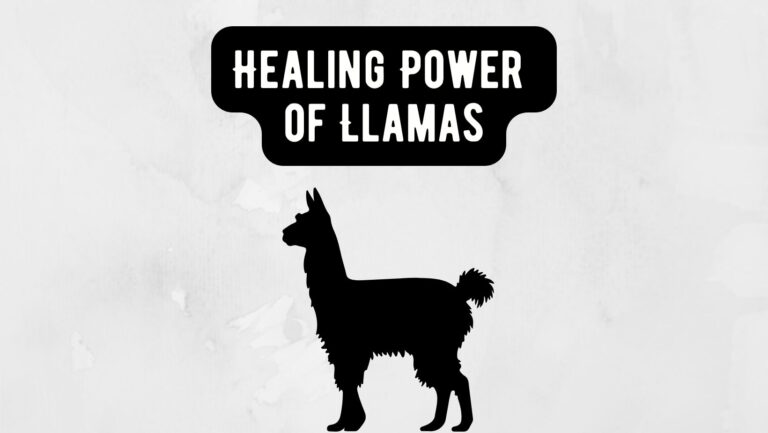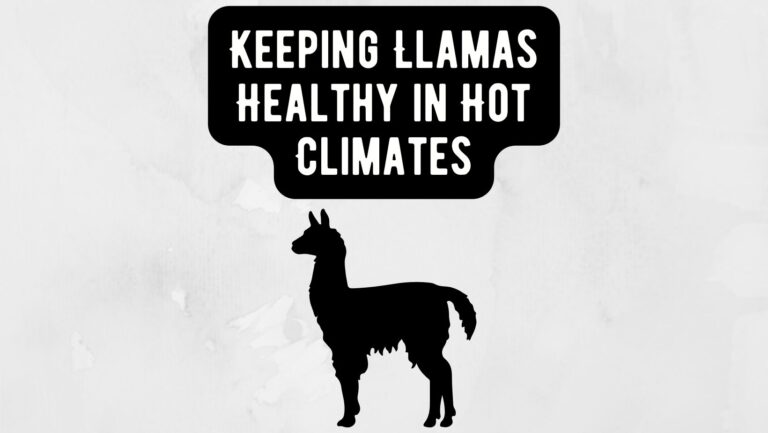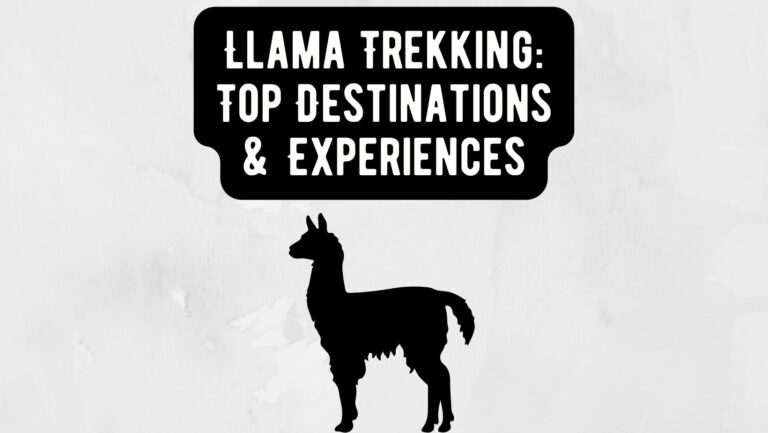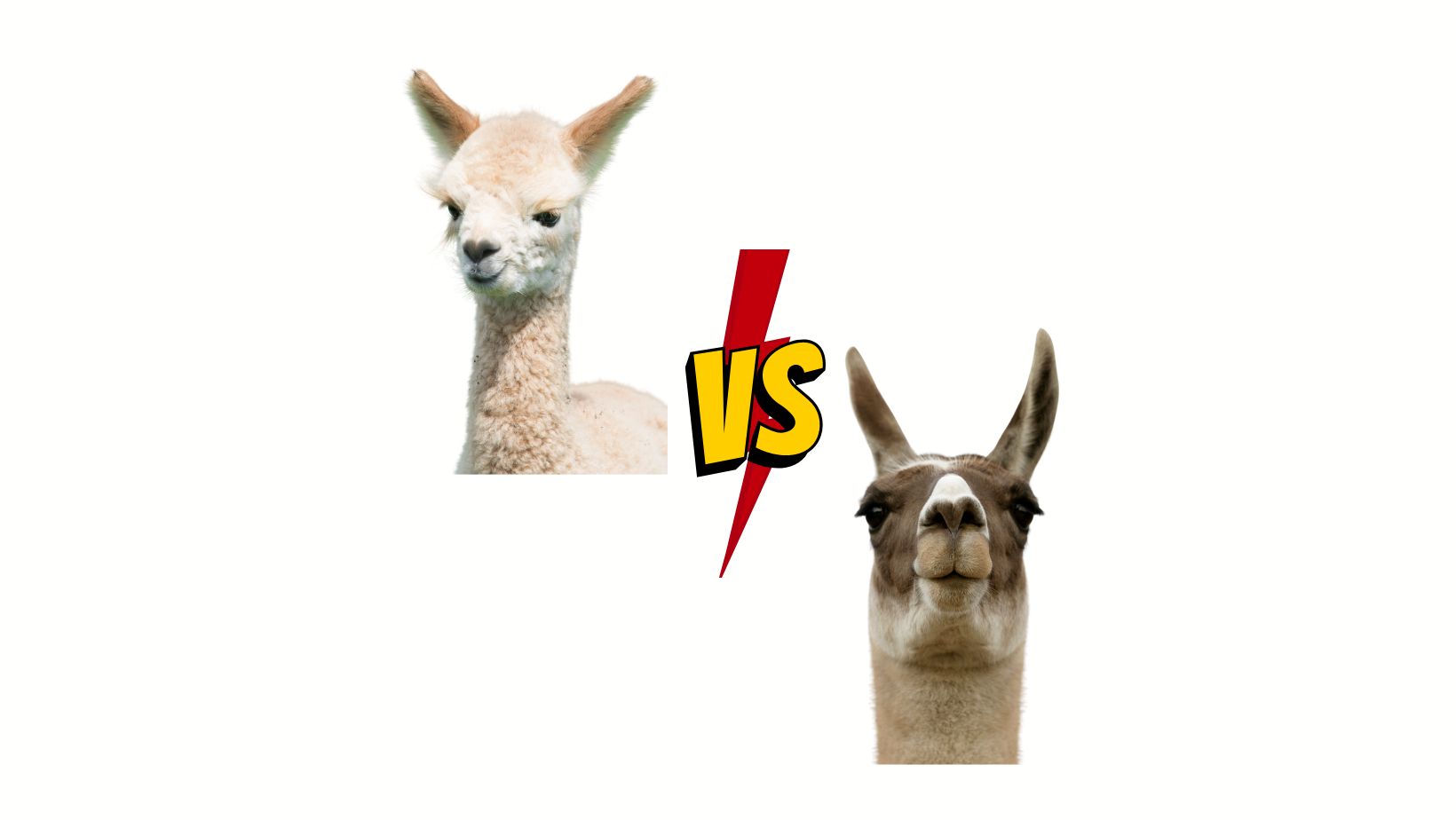
A picture of a llama or alpaca can be enough to bring a smile to even the grumpiest faces. But did you know that these two animals are far from the same? Llamas and Alpacas may look similar, but there is much more than meets the eye. In this blog post, we’ll be exploring 10 key differences between Llamas and Alpacas so you can tell them apart. From physical characteristics to behavior, we’ll uncover all the differences between these two fascinating animals. So hop on board and let’s get started!
What are llamas and alpacas?
Llamas and alpacas are both members of the Camelid family, which also includes camels. Llamas were domesticated by the Inca civilization in South America, while alpacas were domesticated by the indigenous people of the same region. Both animals are used for their fiber, but llamas are also used as pack animals, while alpacas are not.
Height
Llamas are larger than alpacas, with a typical height of 5 feet at the shoulder. They also have longer necks and legs, and their fiber is coarser than that of an alpaca.
Size
Alpacas are smaller than llamas, with a typical height of 3 feet at the shoulder. Their fiber is much finer than that of a llama, and is highly prized for its softness and warmth.
Llamas are larger than alpacas, with an average height of 5 feet (1.5 meters) at the shoulder compared to 3 feet (0.9 meters) for alpacas.
Ears
Alpacas have straight, pointed ears while Llamas have long banana-shaped ears.
Fur
Llamas are taller than alpacas and have longer necks and legs. They also have a coarser coat of fur. Alpacas are shorter and stockier, with a softer and finer coat of fur.
Fiber
Llama fiber can be used to make clothing and other textile products, but it is not as valuable as alpaca fiber, considered one of the finest natural fibers in the world.
Face
alpacas are cute with blunt noses and lots of fur on their faces. Llamas have longer noses and much less fur. This is one of our baby alpacas named Daphne.
Uses:
Typically, llama fiber is used for rugs, ropes, and cushion fillings because of its coarse texture. Alpaca fiber is used for clothing due to its softness, warmth, lightness, and hypoallergenic properties.
Personality
An alpaca is a shy, herd animal that will band together with its family when threatened. A llama is an independent creature that can fend for itself. This is why you may come across references to llamas guarding alpacas. The llama living peacefully with the alpacas and protects them should they be threatened by a predator.
Some farmers will have one guard llama who protects the alpaca herd while remaining close enough for when it’s needed. Should a predator be nearby, the guard llama will step away from the herd so as not to put them in danger and will draw the predator away from its charges using its size and speed.
Llamas are more social than alpacas and prefer to live in groups. Alpacas are more independent and can live happily in pairs or alone.
Ancestors
Llamas are known for being very vocal, while alpacas are relatively silent.
Llamas also have longer necks and legs than alpacas, and their tails are shorter in proportion to their body size.
Alpacas have denser fleece coats than llamas, which makes them better suited for colder climates.
Llamas can also be used as pack animals, while alpacas are not strong enough for this purpose.
And finally, llamas are more aggressive than alpacas and have been known to spit when agitated!
Trekking
Those who enjoy hiking in the wilderness and need an animal carrying their equipment should consider a Llama.
They can carry up to a third of their body weight and are sure-footed. Alpacas are not used for trekking because of their size.
Conclusion
As you can see, llamas and alpacas have a variety of differences. Both animals are adorable, and both make great companions. Whether you’re looking for an animal to keep as a pet or something to help with your farm chores, there is sure to be the perfect animal for you in the llama or alpaca family. With a little bit of research, you will be able to find the best fit for your lifestyle and begin enjoying all that these wonderful creatures have to offer!
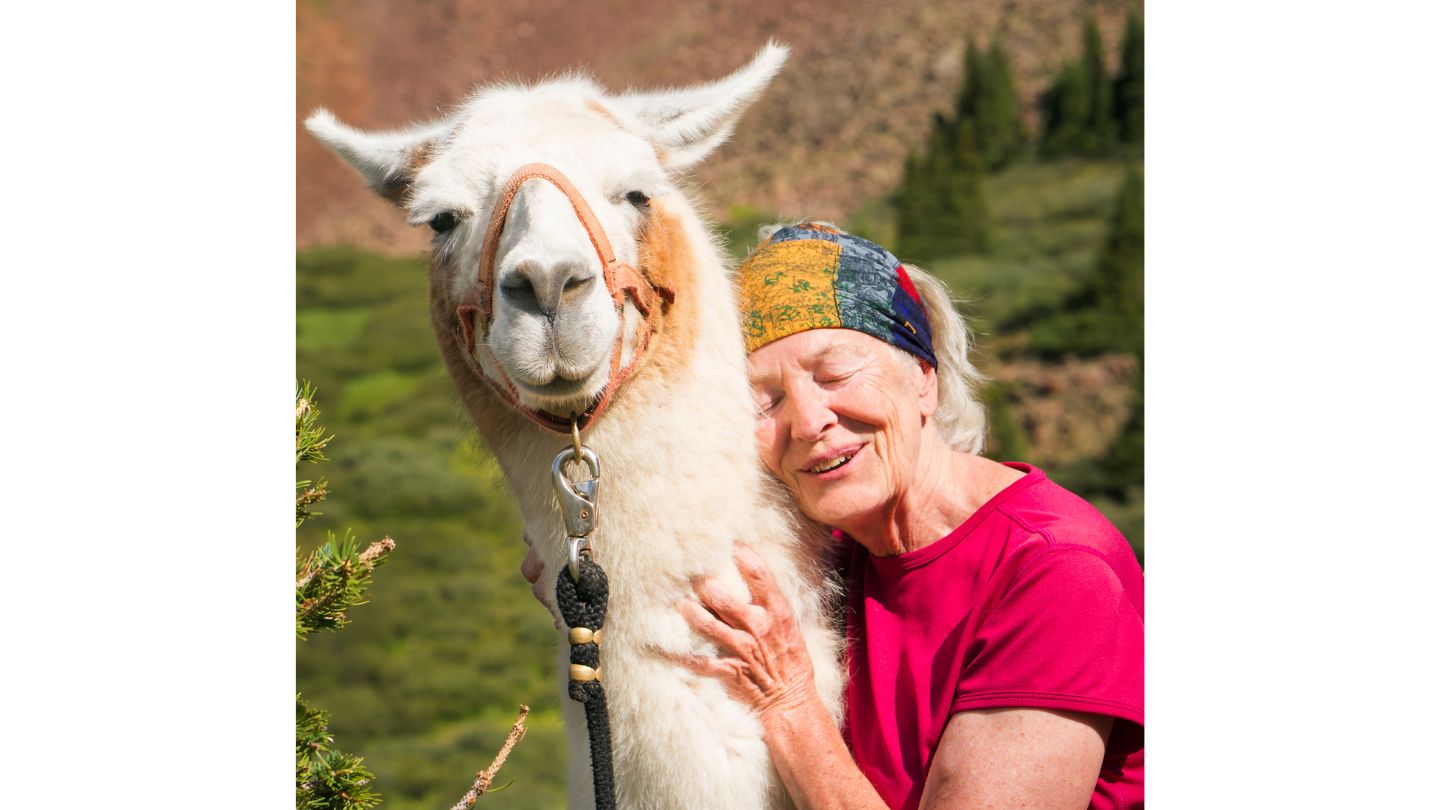
Hi, I am Dale. My husband and I bought our first llama, an 18-month-old male llama, Pumpernickel, in 1984. Since then, they are evergrowing; LlamaWeb is intended to provide information about llamas for people interested in these South American camelids.

